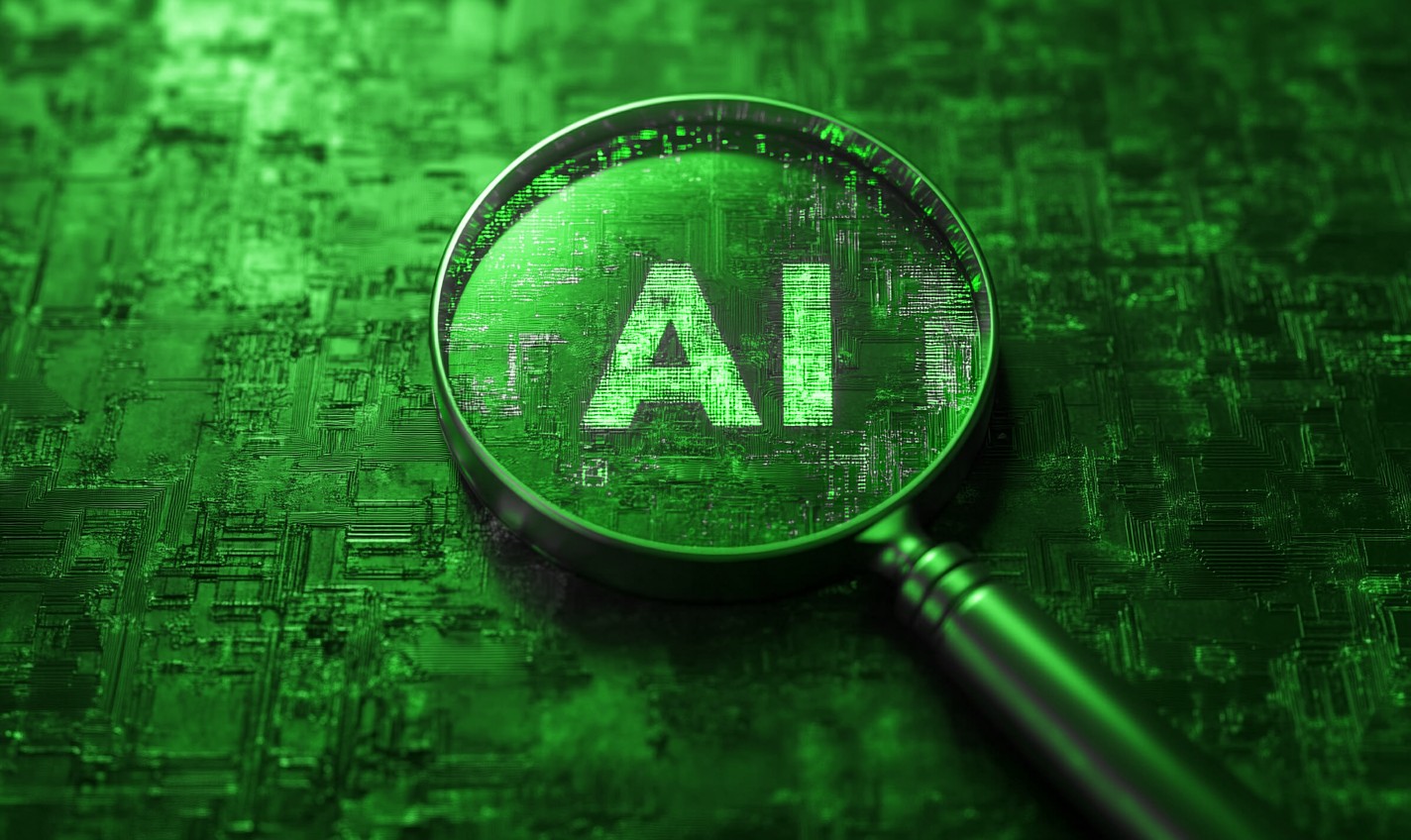Artificial intelligence (AI) has rapidly become a technology with real-world uses — not merely a far-fetched ideal from the science-fiction genre. Here are six examples that explore the use of AI in banking.
1. Improved Fraud Detection
Banking brands continually endeavor to spot fraudulent transactions without putting customers through the embarrassment of unsuccessful authorized payment attempts. Many realize they could make progress with AI. Some options — such as those using machine learning — learn what constitutes normal activity associated with a person’s transactions and flags the attempts that stray from usual behavior.
One system that uses AI to screen a transaction per millisecond stopped approximately $25 billion in transaction fraud a year. Declined transactions often force customers to use secondary cards to complete their purchases. If they reach for payment options from competing brands, the first card provider could lose momentum in the marketplace and make users lose trust in their payment possibilities.
2. Smarter Spending Decisions
Many people use spending apps to help them manage their financial decisions. They’ll set limits in specific purchasing categories, then receive alerts when getting close to maxing out. Some apps include AI-driven features to take that kind of coaching to the next level.
One of them is Olivia, an app trained on an analysis of more than two billion transactions. People using it get personalized spending tips to help them stay under budget. The tool also offers users discounts at partner companies or suggests how they could save money by picking items that are less expensive but similar to the things they usually buy. Other AI-based spending helpers are also available. Some allow people to set spending goals or put aside a certain amount per month for non-budgeted expenses.
3. Enhanced Money Laundering Awareness
A collective desire to cut down on money laundering has also led to an increase concerning the use of AI in banking. Regulators mandate that banks go through specific checks and processes to cut down on money laundering. Falling short of such requirements could lead to fines and other punitive actions. Artificial intelligence can assist in the anti-money-laundering fight by learning the patterns that indicate an increased likelihood of illegal activity.
Algorithms look for signals around the internet — including those originating on the dark web — to spot the suspicious transactions that humans may not notice without technological help. AI can also go back through past transactions to examine them, which may help if regulators or law enforcement officials request more details about a customer or a money transfer.
4. Better Customer Experiences
People don’t often bring up banking when talking about their favorite activities. AI could at least make banking necessities go more smoothly. Many banks have invested in the technology to improve how they interact with customers. For example, an algorithm could lead to a faster decision made on a loan application. It could also give people relevant information about a bank’s products or special offers based on their recent activities and needs.
AI-powered chatbots have potential in the banking sector, too. If people need quick answers to simple questions, a chatbot interface gives that information in seconds, preventing a person from spending precious minutes on hold waiting for a telephone representative to come on the line.
5. Streamlined Cash Machine Transactions
Using a cash machine typically involves inserting an ATM card and punching in a PIN on a keypad. Those are familiar access methods that come with some downsides. For example, a person may urgently need money during an emergency but find they forgot their card at home. Or, a banking customer may neglect to shield their hand when typing in a PIN and compromise their account’s security due to that mistake.
Banks are interested in furthering the use of AI in banking by putting the tech into cash machines. In one case, Microsoft built a proof of concept ATM for National Australia Bank that featured AI and cloud computing technology. People could use it without physical cards. Then, banks in Spain introduced ATMs that verify up to 16,000 points on a user’s face, allowing them to get cash without entering PINs.
6. Faster Identity Checks
Opening a bank account the old-fashioned way meant making an in-person appointment and bringing physical documents to show a banking representative when proving an identity. Such visits could take 45 minutes or more. The Royal Bank of Canada released an AI system that does the job in 10 minutes or less as people upload the required materials at home via their smartphones.
Developers taught the AI to recognize every accepted form of government-issued ID, and the algorithms look for any deviation from the norm that could indicate a faked document. Bank employees immediately receive notifications of anything suspicious. Once a person takes a photo of something that proves their identity, the information gets automatically populated into a form on the user’s end, as well as the bank’s. That setup eliminates unnecessary typing, further speeding up the process.
The Use of AI in Banking Is Taking off
These six examples show that banking brands have plenty of compelling reasons to depend on AI within their operations. Doing so could save time, boost security and keep customers satisfied.
Recent Stories
Follow Us On
Get the latest tech stories and news in seconds!
Sign up for our newsletter below to receive updates about technology trends




